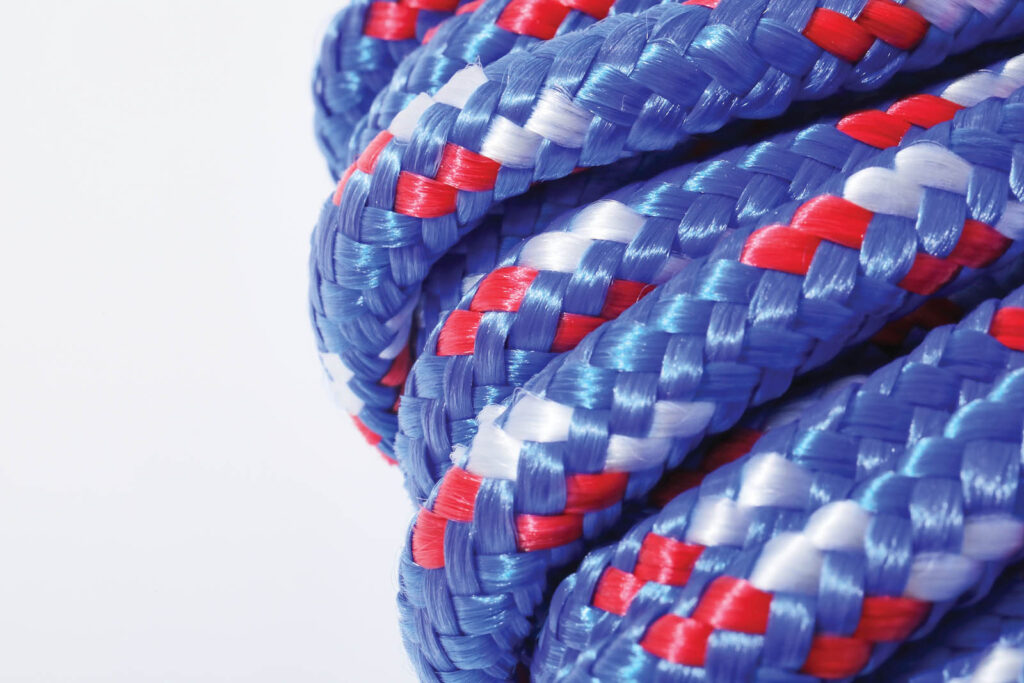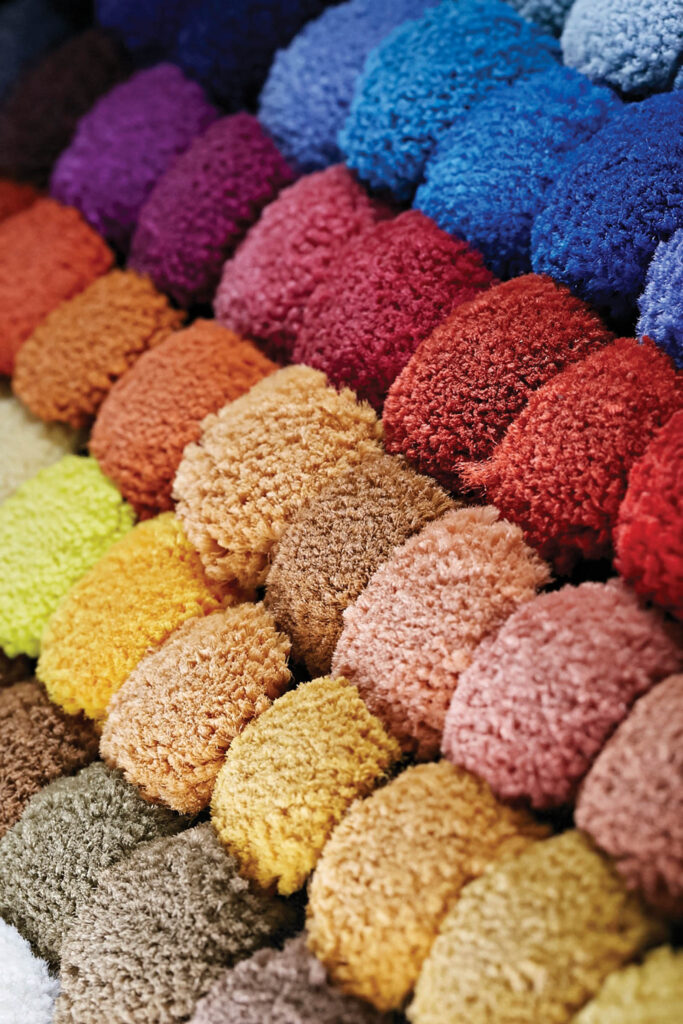
There is an abundance of information available about sustainability that, while conveying much, can lack clarity. A simpler directive regarding sustainability would be this: If you produce something, to be “sustainable” (leaving aside the social aspects for the moment) you need to:
1. Use renewable and/or recycled materials
2. Create zero waste to landfill (including packaging)
3. Do it carbon neutral (using renewable energy rather than off-setting)
4. Use as little water as possible and zero chemicals or “materials of concern”
5. Make it as durable as possible
6. Ensure a viable end-of-life, preferably circular (by upcycling)
Also, don’t even think about greenwashing as the FTC is coming down harder on companies for misleading marketing of this kind.
This summary is clear enough but that doesn’t mean it’s easy. In fact, most industries, despite their best efforts, are heading in exactly the wrong direction, even though their best efforts are honest, well intentioned and thorough. The challenge is that our current capitalist system of production and use fights harder and dirtier and is winning many battles. For example, the plastics industry, despite having huge increases in the use of bio-based and recycled plastics, increased its virgin material production in 2021 by around 25-30%, dwarfing the sustainable alternative advances made.
However, there are some encouraging breakthroughs, including the net zero movement in architecture, ensuring zero energy usage and carbon footprint for the building’s long use time; the increasing availability and popularity of electric transportation; and the vast cleanup programs that are tackling ocean plastics.
Additionally, there is a younger population more conversant in the language of sustainability and more likely to make choices that benefit this movement, in both purchasing and where they choose to work.
Given that the sustainability issue is not going away, and many say it will continue to increase in importance in conversations with your customers and suppliers, the six requirements listed above need to be addressed. But how?
Choose a “North Star”
I recommend that companies decide on a “North Star,” a term that invokes an unmoving and guiding principle or idea. For Levi’s, its sustainability North Star was always going to be reducing water use, since jeans use so much water—2600 gallons for one pair. Architecture cares most about energy, particularly of the building in use. For packaging it is materials, such as using less plastic, and end-of-life planning for recyclability or compostability.
Decide on what is most important to you, your customers and also what has the potential to have the most impact—not necessarily that which is easiest, though that can sometimes allow you a quick win to energize the process. Choose one of the six as your primary approach, and if you can solve it, move on to the rest.
You can always use sustainability certification as a guide, but this process has its pros and cons. It is a good reference point to work toward, but which to adopt? There are a number
of viable choices:
• There are process certifications (ISO 14001)
• Those for products (Cradle to Cradle Certified)
• Chemistry (UL GREENGUARD, Eco Institut)
• Raw materials (Bre Group, UL Global Recycle Standard, USDA BioPreferred); and
• More general certifications, such as Fair Trade, 1% for the Planet and Certified B Corp, all of which are worthy.
Again, in making a certification decision one must first ask, “Is it recognized and demanded by your customers, and does the adherence to a specific set of parameters affect your North Star goal?”
Increasingly, some industries are moving beyond “checking certification boxes” and working toward a more holistic and company-focused (or industry-focused) set of goals that allows for a more practical and nuanced approach to reducing environmental impact. Certification provides a third-party seal of approval, but having one does not convey complete sustainability, nor does the absence mean that you are not a sustainable enterprise.
Material considerations

Materials choice can be a great way to make demonstrable change in your sustainability goals; however, for an industry that is focused on functionality and performance, there are clear challenges. A word of warning—a straight change from an existing material to a more “sustainable” one rarely works. There needs to be a fuller consideration of many aspects of the product including design, production and marketing to ensure that the new material can offer a viable new solution.
Recycled material options are expanding, with a lot of polyester on the market (Unifi and others), and some nylons, mostly in the advanced or chemically recycled versions (Econyl®). Recycled content in polyolefins is more-or-less nonexistent, and for glass, apart from Lanxess using fibers derived from pre-consumer recyclate glass for its nylon composites, there has been virtually no industrial recycled glass either.
In the area of bio-based or renewable fibers and yarns, there have been significant increases in the use of flax as a replacement for glass fibers in composites and more recently, although not widely commercially available, the use of cellulose yarns to create fully cellulose, renewable performance composites.
Bio-based synthetics exist, with PLA fibers from corn sources; the recent development by Virent of fully bio-based PET yarns; and, interestingly, a bio-based Dyneema® UHMW polyethylene from Braskem’s sugarcane PE. The market is growing, and innovations are being offered on a regular basis, but it is still woefully under represented among global increases in industrial fibers use.
Creating a sustainable product
It should be noted that materials labeled “sustainable” do not always create a more sustainable product. In general, the decision to use recycled or bio-based needs to be weighed against other factors that include durability, cost, performance and reliable availability in suitable quantities.
Choose the right material for an overall lowering of environmental impact that follows your “North Star” rather than following the latest trend. Sometimes the most sustainable solution at that time is going to be a standard synthetic one. And how will you know what the most sustainable choice is? You quantify. Use a Life Cycle Analysis or Assessment (LCA) to benchmark where you are and put out an Environmental Product Declaration (EPD) to tell the world how you are doing.
Only by quantifying will you know where you stand and what needs to improve. It can provide a full GreenHouse Gas (GHG) emissions report for your production and show where you can improve. Unlike certifications, LCAs and EPDs just provide data, they do not deliver a verdict on your performance.
When starting out on this journey, it’s so important to involve as many of your team as you can. The younger ones and the “deep greens”—those living and breathing the sustainability dream outside of work—may already be thinking about this and have ideas, but the process only works when you have buy-in from the entire company. The challenge is bigger than all of us, so collaboration is essential.
Dr. Andrew Dent, EVP of materials research at Material ConneXion and chief material scientist at Material Bank, is an authority on materials in design. He was the plenary speaker at ATA’s Advanced Textiles Conference in Charlotte, N.C., in October 2022.
 TEXTILES.ORG
TEXTILES.ORG


